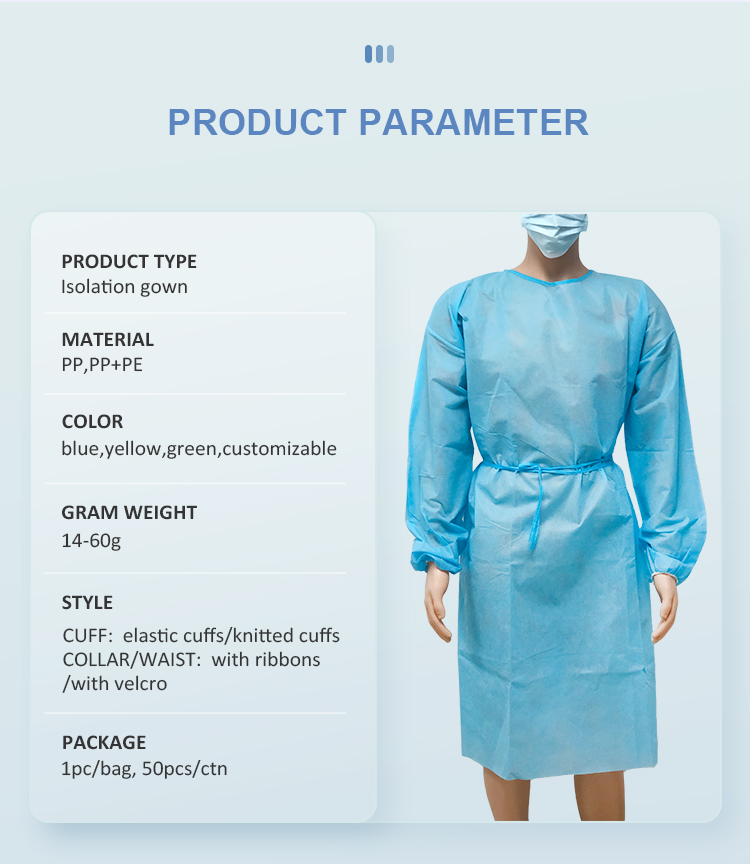by Crystal Phend, Senior Editor, MedPage Today February 12, 2020
Mandating surgical jackets and bouffant caps in the surgical suite didn't reduce patients' infection risk and may not have been worth the cost, a single-center retrospective study suggested. Science Lab Coat

Surgical site infections were similar (P=0.28) across surgical attire groups in analysis of all inpatient operations at the University of Alabama at Birmingham (UAB) Hospital over a 22-month period as the center transitioned to use of bouffants and jackets:
Mortality, sepsis, and wound dehiscence also didn't differ significantly by attire, UAB's Brent Ponce, MD, and colleagues reported in JAMA Surgery.
Surgical jackets were estimated to cost that center more than $300,000 annually, although bouffants were actually cheaper than surgical skull caps.
"Institutions should evaluate their own data to determine whether recommendations by outside governing organizations are beneficial and cost-effective," Ponce's group concluded.
Controversial 2014 guidelines from the Association of Perioperative Registered Nurses (AORN) recommended covering all hair, ears, and nape of the neck and surgical jackets for anyone not scrubbed in.
"The Joint Commission and other accrediting bodies have begun to enforce these recommendations as regulations, citing hospitals for poor infection control practice if they discovered that surgical caps were being worn in the OR," noted the researchers.
AORN has since walked back the recommendations, after a multi-society panel considered the evidence. It says each healthcare organization should decide for itself on type of head covering after likewise considering the evidence.
An editorial from 2019 in JAMA Surgery took a "plague on both your houses" position on the bouffant "scandal," criticizing AORN and the panel's inability to reach a consensus. "Leaders in the room needed to realize that this was the opportunity to either agree that the current data were insufficient to make a recommendation or collaborate by designing and organizing a multi-institutional equivalency or noninferiority trial to test the outcome of interest," the editorial stated, suggesting that the recommendation for each institution to make up its own rules was helpful to no one.
And bouffant-versus-cap is not even the most important infection-control issue for surgical teams, wrote Radwan Dipp Ramos, MD, and Kamal Itani, MD, both of Veterans Affairs Boston Healthcare System, in an invited commentary for Ponce's study.
"There are other common-sense recommendations regarding attire that we unfortunately disregard," including frequent laundering of cloth caps, not wearing scrubs home, and, when leaving the restricted area of the OR, removing headgear, mask, and shoe covers and changing or covering scrubs, the editorialists noted.
"Short of having best evidence in any of those areas, myth and reality will continue to coexist, and our common sense augmented by available evidence should prevail over emotions and careless practices," Ramos and Itani concluded.
Ponce's study included all 34,042 inpatient surgical encounters over the period when UAB Hospital changed its OR attire requirements: neither bouffants nor surgical jackets from Jan. 1 to Aug. 31, 2017; surgical jackets from Sept. 1, 2017, until Feb. 28, 2018; and bouffants added starting in March 2018 through the end of study on Oct. 31, 2018.
Surgical site infection data came from the institutional infection control monthly summary reports. Order invoices provide clear dates of implementation and cost.
Limitations included lack of data on degree of compliance, inability to control for different surgeons' skin preparation techniques, Surgical Care Improvement Project bundle compliance, surveillance beyond 30 days for implanted prostheses, duration of surgery, and emergency operations.
Ponce disclosed stock or stock options in Help Lightning, being a pain presenter/speaker and paid consultant for Tornier, and receiving IP royalties from Wright Medical Technology.
Itani has received grants from Pfizer to his institution and personal fees from Eupraxia.
Ramos disclosed no relevant relationships with industry.
Source Reference: Wills BW, et al "Association of surgical jacket and bouffant use with surgical site infection risk" JAMA Surg 2020; DOI: 10.1001/jamasurg.2019.6044.
Source Reference: Ramos RD, Itani KM "Emotions, common sense, and evidence in operating room attire" JAMA Surg 2020; DOI: 10.1001/jamasurg.2019.6023.

Sterile Surgical Gown The material on this site is for informational purposes only, and is not a substitute for medical advice, diagnosis or treatment provided by a qualified health care provider. © 2005–2024 MedPage Today, LLC, a Ziff Davis company. All rights reserved. Medpage Today is among the federally registered trademarks of MedPage Today, LLC and may not be used by third parties without explicit permission.